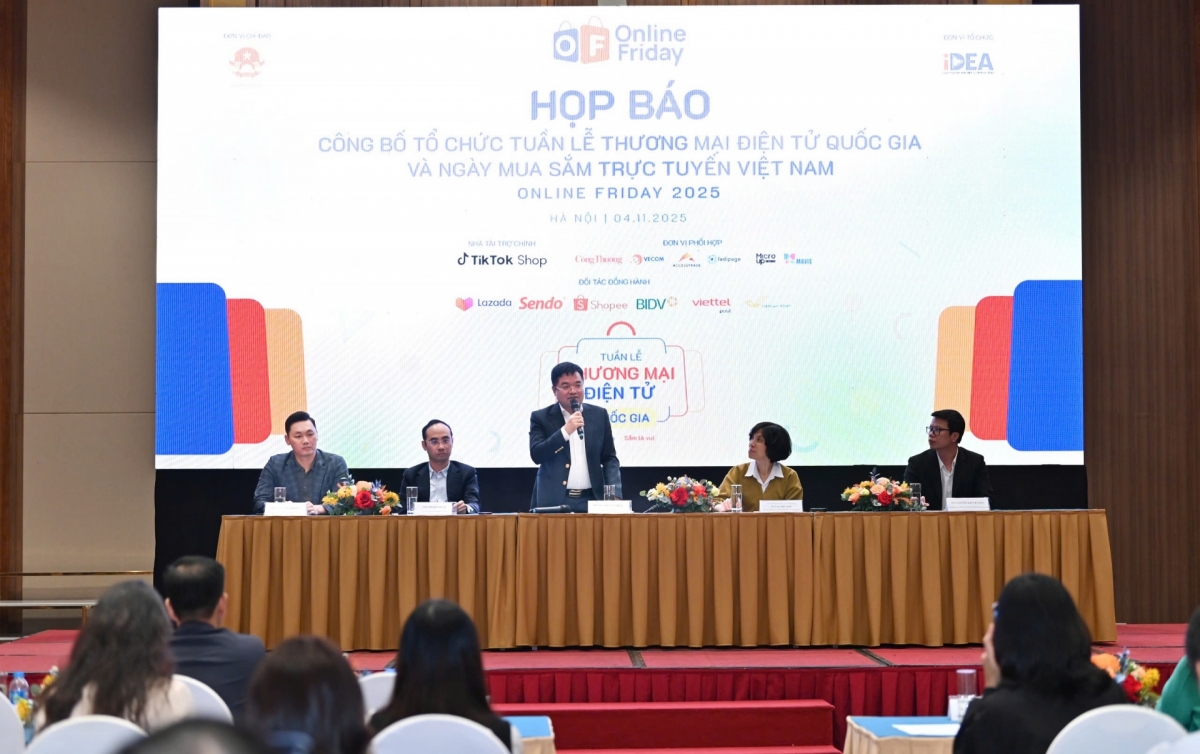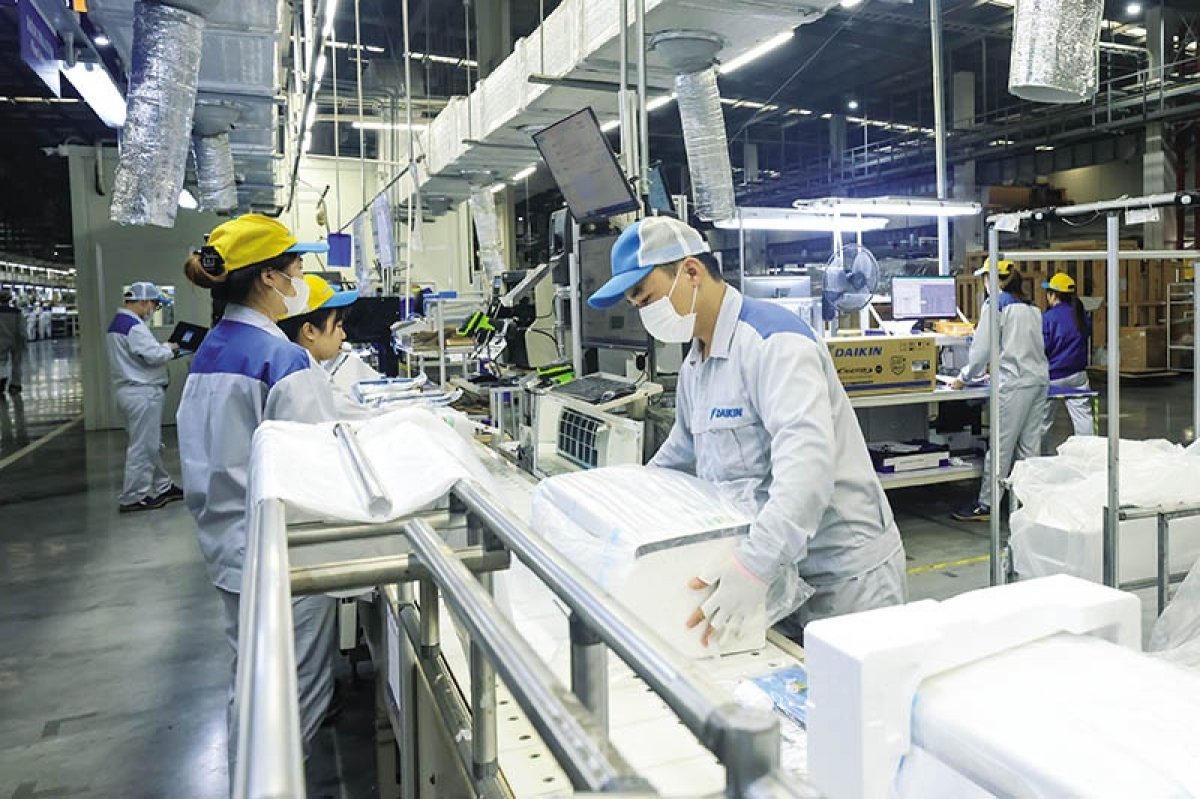INTERNATIONAL INVESTMENT
AND PORTAL
Vietnam is well positioned as the next ideal destination for the large consumption markets in Asia. This is explained by the outstanding growth in spending of the middle class in Vietnam lately. Specifically, just under 10 per cent of the population participating in this class actively shopped in 2000, and this proportion has quadrupled in just two decades.
It is predicted that by 2030, the number will continue to grow, reaching about 75 per cent of the middle class. Urbanisation is an important contributor to income growth. Vietnam’s urban population is expected to grow by 10 million over the next decade as the country’s share of urban population increases from 37 per cent in 2020 to 44 per cent by 2030, according to McKinsey.
 Fion Ng-COO, BW Industrial Development
Fion Ng-COO, BW Industrial Development
According to a report from the Ministry of Construction in 2020, there were over 860 urban centres nationwide, with an estimated urbanisation rate of about 40 per cent. Urban areas have become a driving force for socioeconomic development, contributing about 70 per cent to the country’s GDP and accounting for the dominant proportion in budget revenue, export value, and industrial production. This has created the basis for the urbanisation rate to reach over 50 per cent by 2030, with about 1,200 urban centres and a GDP contribution of about 85 per cent.
However, the increasing number of urban vehicles leads to congestion and air and noise pollution, negatively impacting traffic safety, quality of life, and urban economic competitiveness, all of which are the main challenges for urban logistics.
Urban logistics has never faced such changes as now, as consumers place more orders online, the desire for customer control increases, and delivery times should be faster. This has left inner-city areas struggling, with some cities predicting that, without intervention, inner-city traffic will be severely disrupted in the next three years.
According to forecast data of the World Economic Forum in November 2020, to meet the increasing desire of consumers to buy online, the number of deliveries in the top 100 cities globally will increase by 36 per cent by 2030. This will lead to an increase in vehicle emissions of 6 million metric tonnes and a 21 per cent increase in congestion, equivalent to 11 minutes of overtime per person per day. However, the freight segment has the highest negative impact on cities. Last-mile delivery services in urban areas, which accounts for about two-thirds of the current intra-city delivery services, are a particular challenge.
Vietnam is the main beneficiary from the diversification of the global supply chain. Under the expected exponential growth of e-commerce in urban areas in the country in the coming years, logistics service providers play a key role in building and optimising urban logistics models sustainably. Closer cooperation between the relevant units in the logistics industry and the authorities is a necessary step.
Logistics and delivery service providers are closely related to the growth of online businesses. Along with the rapid development of e-commerce in recent times, logistics, and delivery businesses, have had a remarkable growth rate of up to 70 per cent amid fierce competition. At the same time, investments and deployment of advanced technology applications have also been enhanced.
Increased cooperation among stakeholders is the solution for urban logistics centres. The efforts of stakeholders in the urban logistics industry in key cities promise to create new prospects, helping to form a comprehensive supply chain from the warehouse to the end customer. It is thus crucial to establish an optimised urban distribution network, which can ensure the sustainable development of a city in the future while also meeting the increasing demand of the e-commerce sector.
Thus, to realise the above proposed solutions in an effort to develop sustainable urban logistics centres in Vietnam, we need to recognise and learn lessons from other countries in the region and globally, thereby making the basis for an application to Vietnam. In particular, the announcements of electric vehicle initiatives by logistics companies in Asia-Pacific have gradually brought many encouraging results in their efforts to move towards the goal of net zero emissions reduction.
Although the related charging system is still facing many challenges on a mass scale, the achievements in the application of this model in the world will create a foundation and motivation for businesses.
By Fion Ng



















